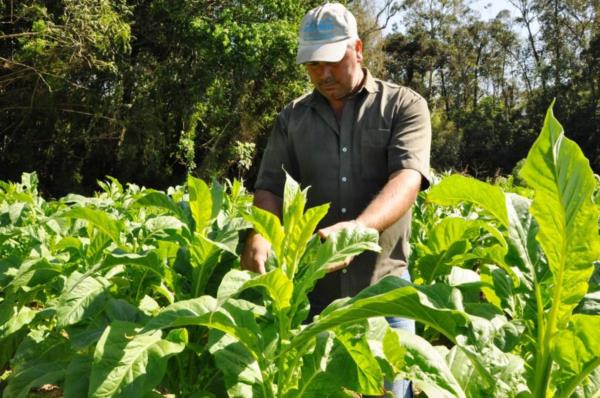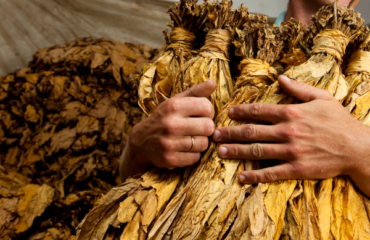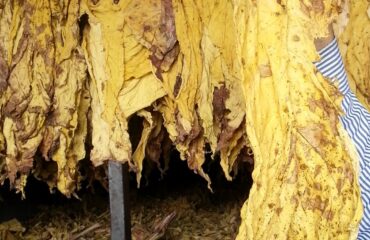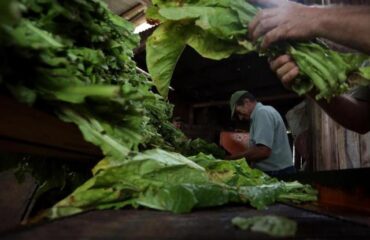In the micro region of Santa Cruz do Sul, which includes the Rio Pardo Valley, tobacco transplanted for the season 2015/2016 reaches about 75%. In the three states of southern Brazil: Rio Grande do Sul, Santa Catarina and Paraná, the percentage reaches 45%, as shown by the technical manager of the Tobacco Growers’ Association of Brazil (Afubra), Iraldo Backes. In Vera Cruz, just over 80% of the tobacco was already transplanted, according to agricultural technician Jeferson Klunk. For this season there was no delay in production, the proof is that some producers, alone, began harvesting the first leaves. “The weather throughout the month of August has been excellent and ideal for good plant growth,” says Backes.
So while some producers are still in the final stages transplanting tobacco seedlings, Paulo Gilberto Pereira, 46, a resident of Entre Rios, within the municipality, has begun the harvest period in your property. 40 thousand plants planted this season, he gathered the lugs, about 15,000 plants, are in the curing barn for curing.
Pereira says that since last Saturday, August 29, has been working intensely. The planting held at the end of June was so he could anticipate and thus escape the heat during the harvest season, especially in the final stages of the process in the months of December and January, when the leaves lose quality due to strong sunshine and low humidity. Also, like last year, the producer was lucky, once made the transplant took rainy, followed days of heat, which meant that the plants develop well and without having losses.
20 years producing tobacco, Paul, with his wife, Marcia, 42, and son Fernando, 20 years, projects have the entire crop harvested no later than the end of the first half of November, so when general estimate of labor in Rio Pardo Valley region is that the harvest begins in the month of October. After the process of harvesting and drying, the vera-cruzense cease smoking stored in the shed to get the marketing period. He hopes for this season things will improve and that the product is most valued. For him, the ideal would be the direct negotiation in the shed. “It would be better to value more,” he emphasizes.
Source: Jornal Arauto




